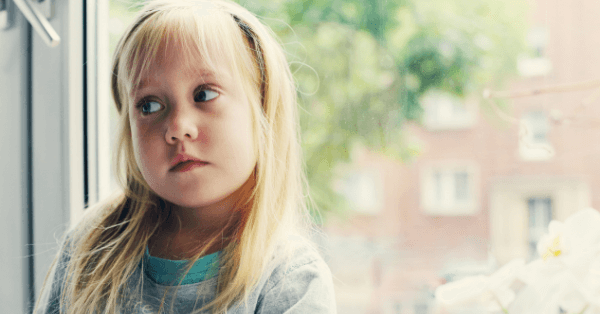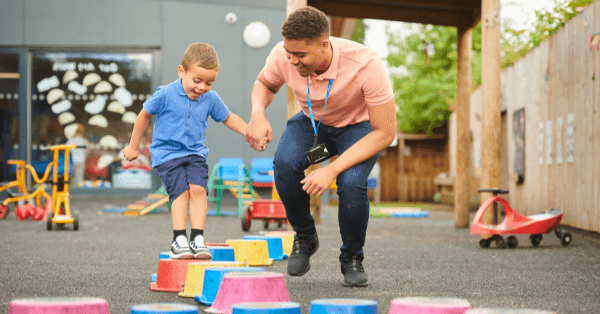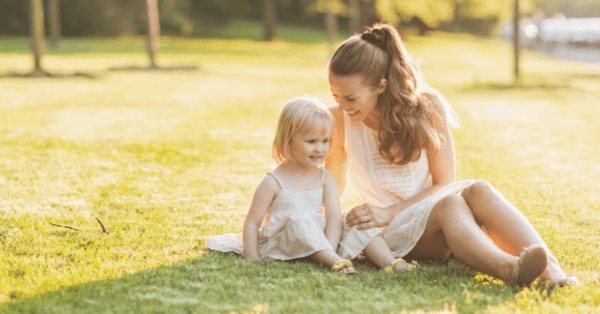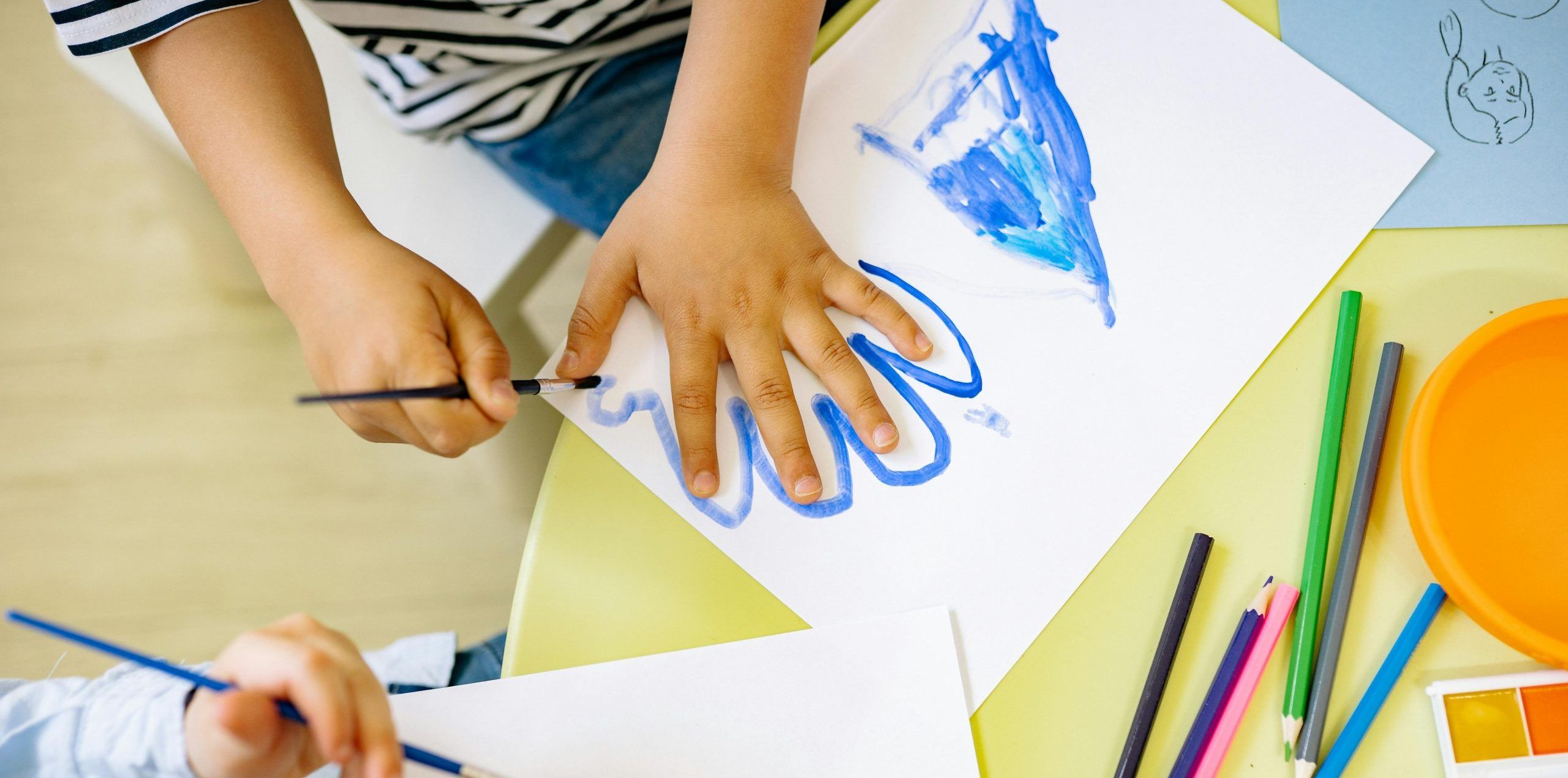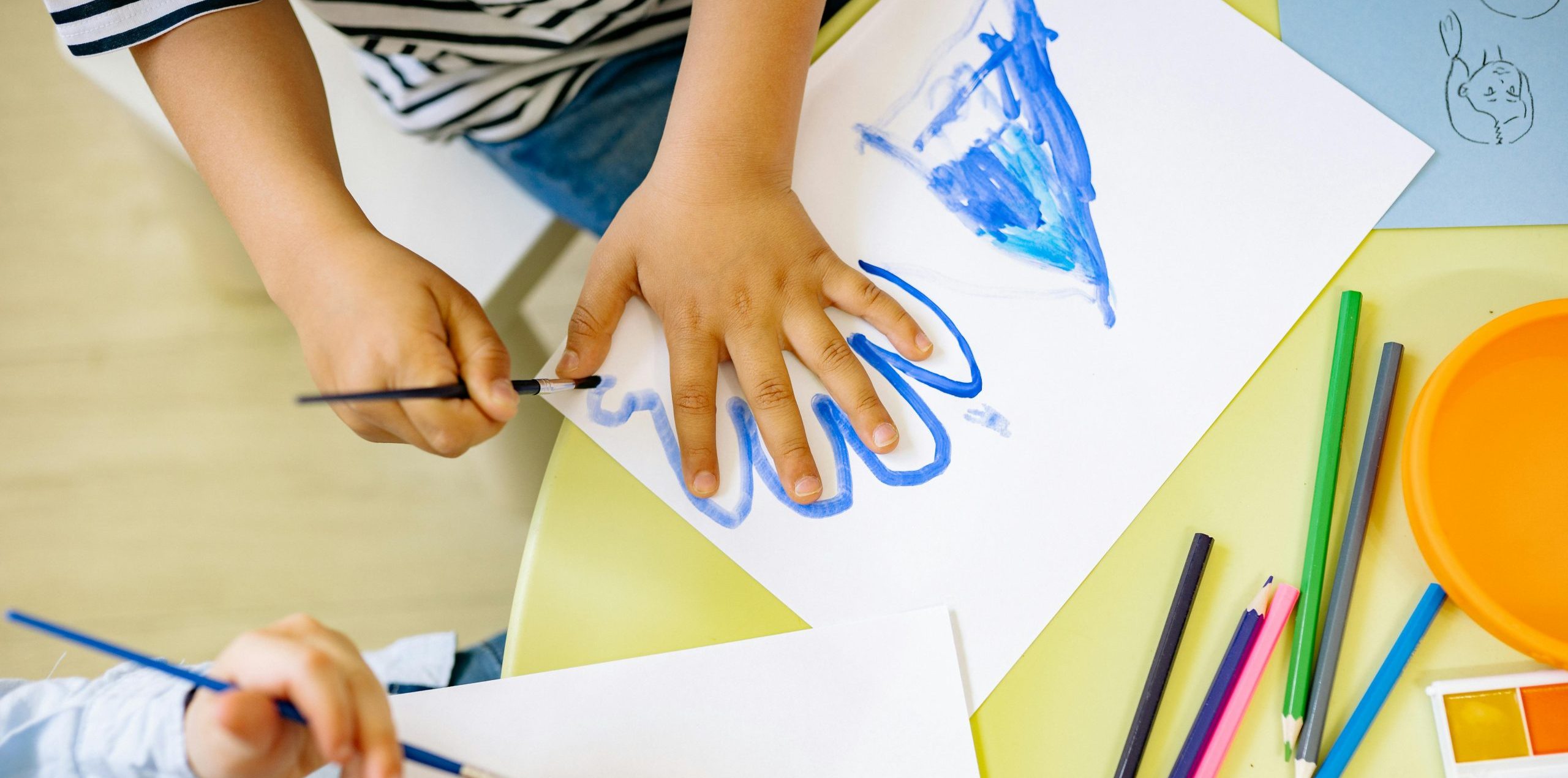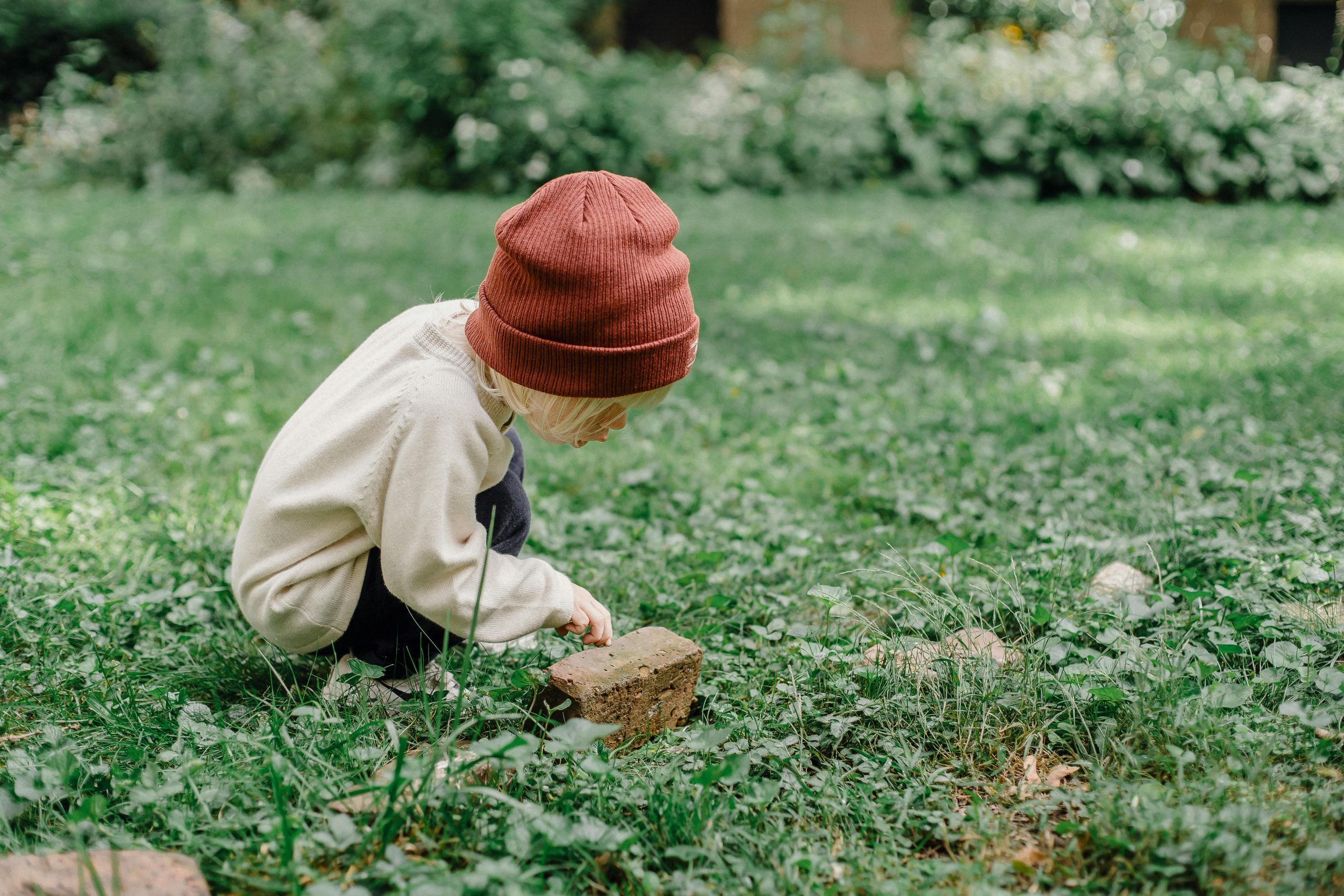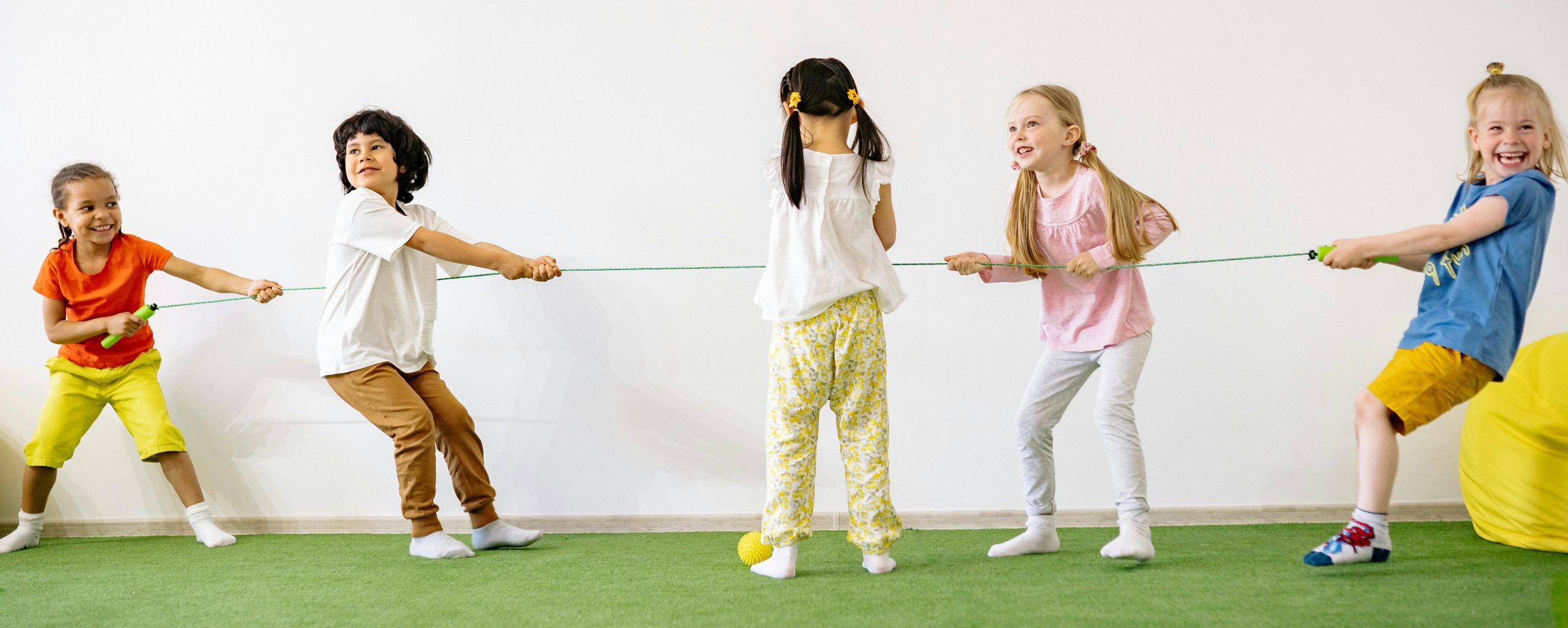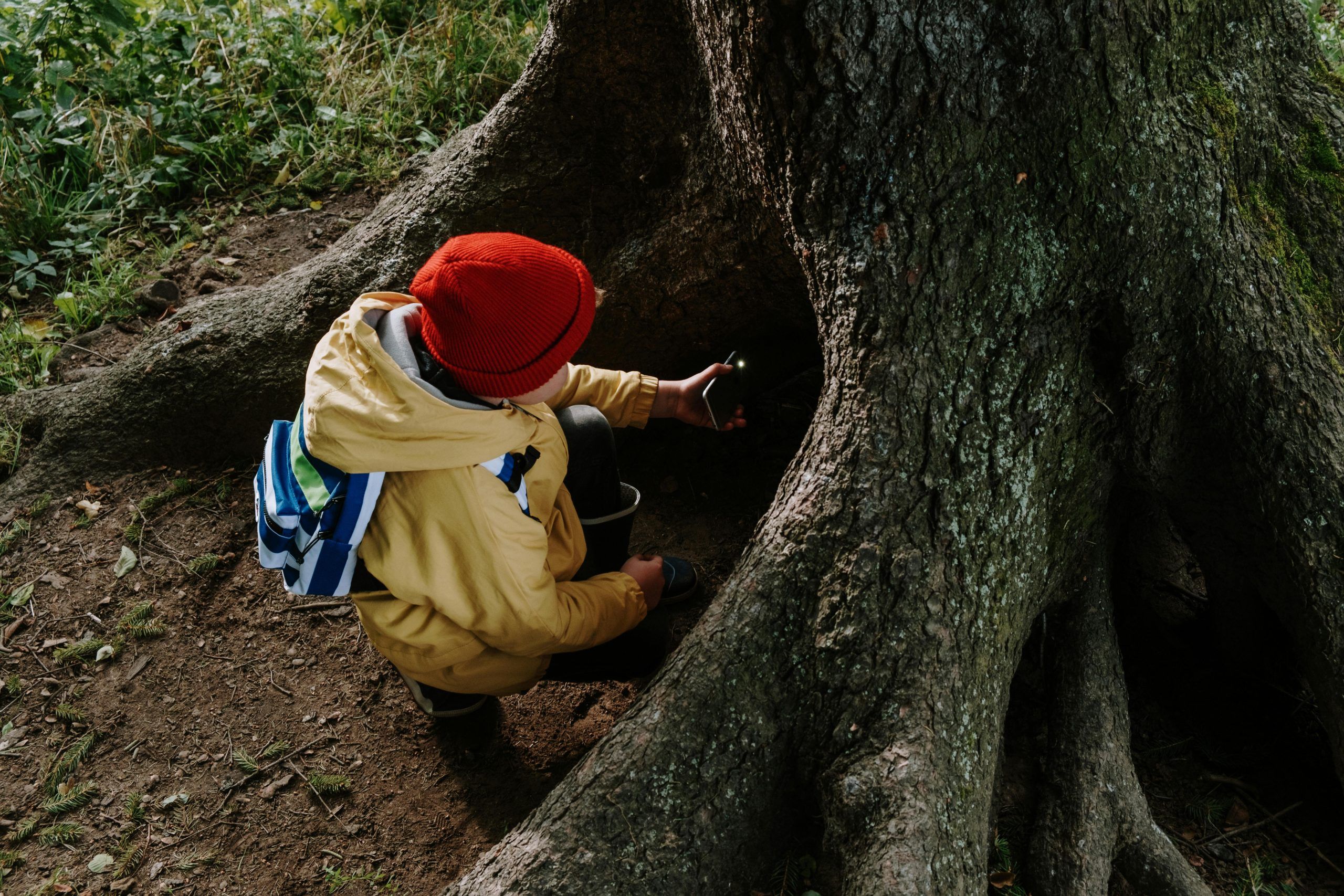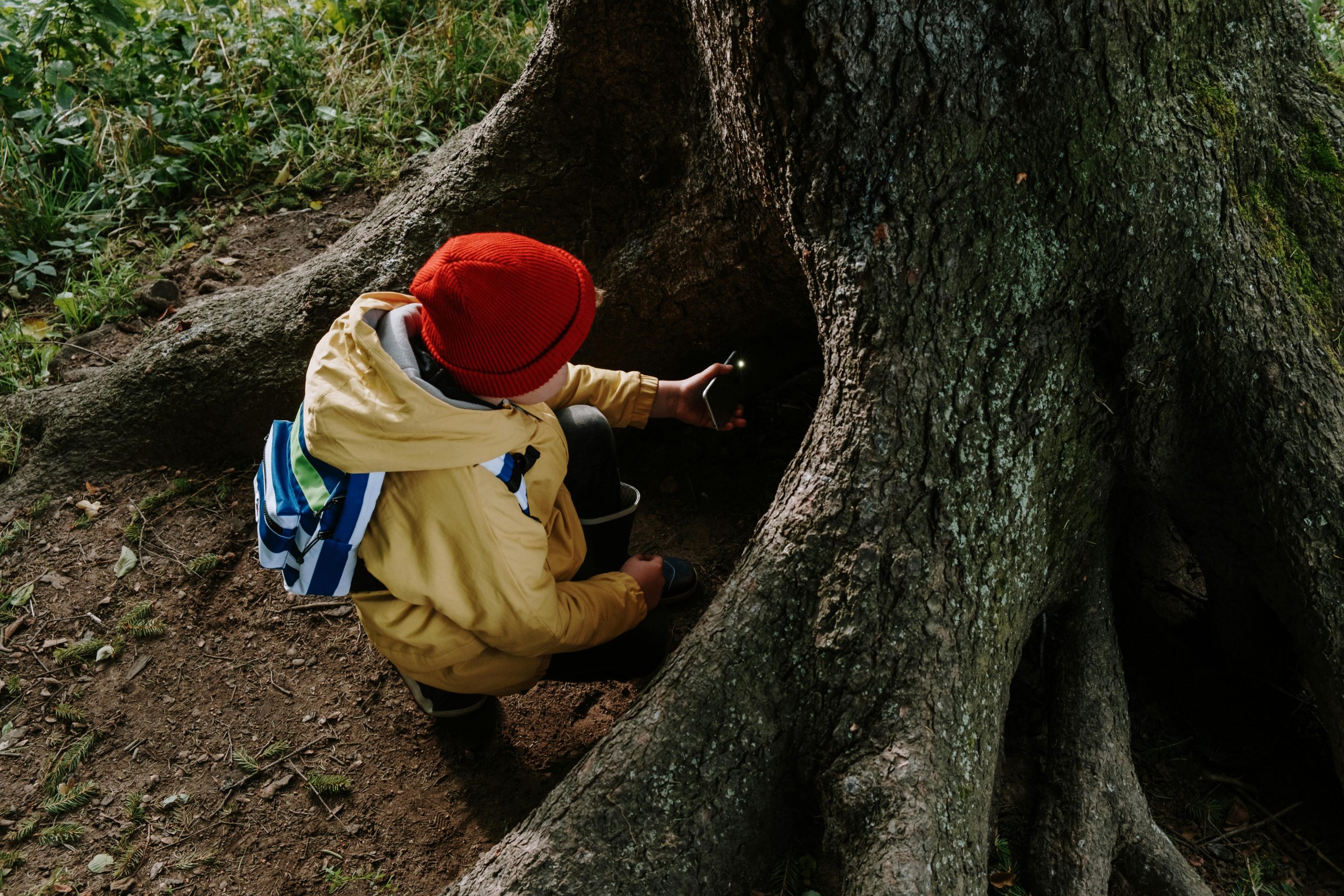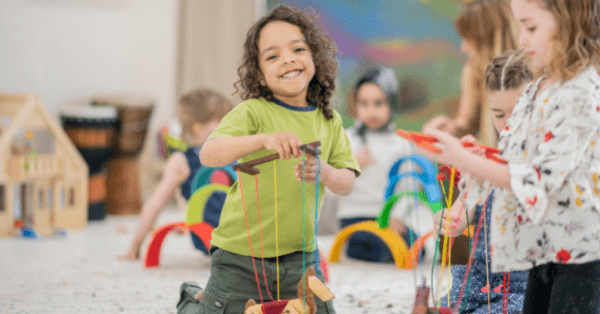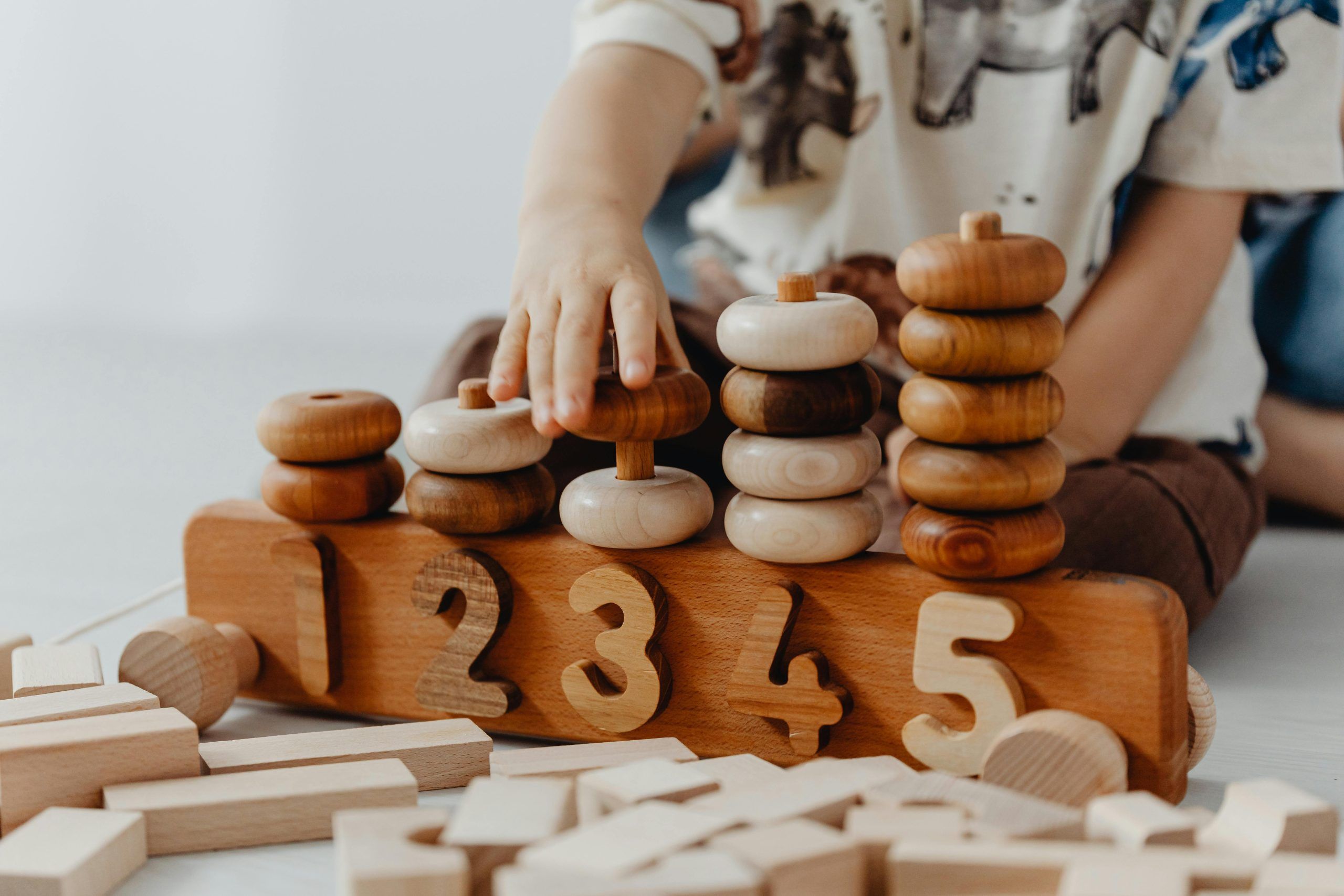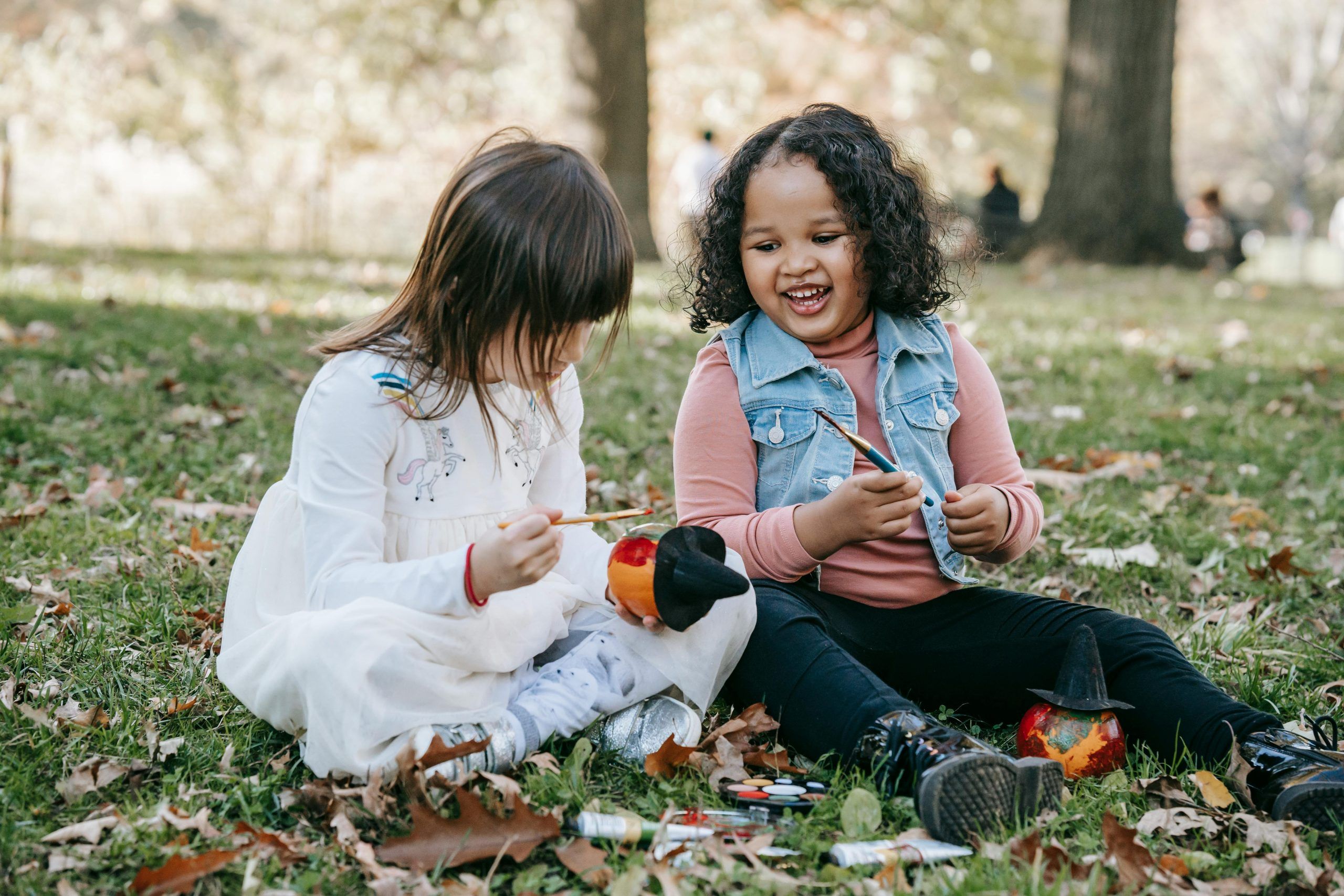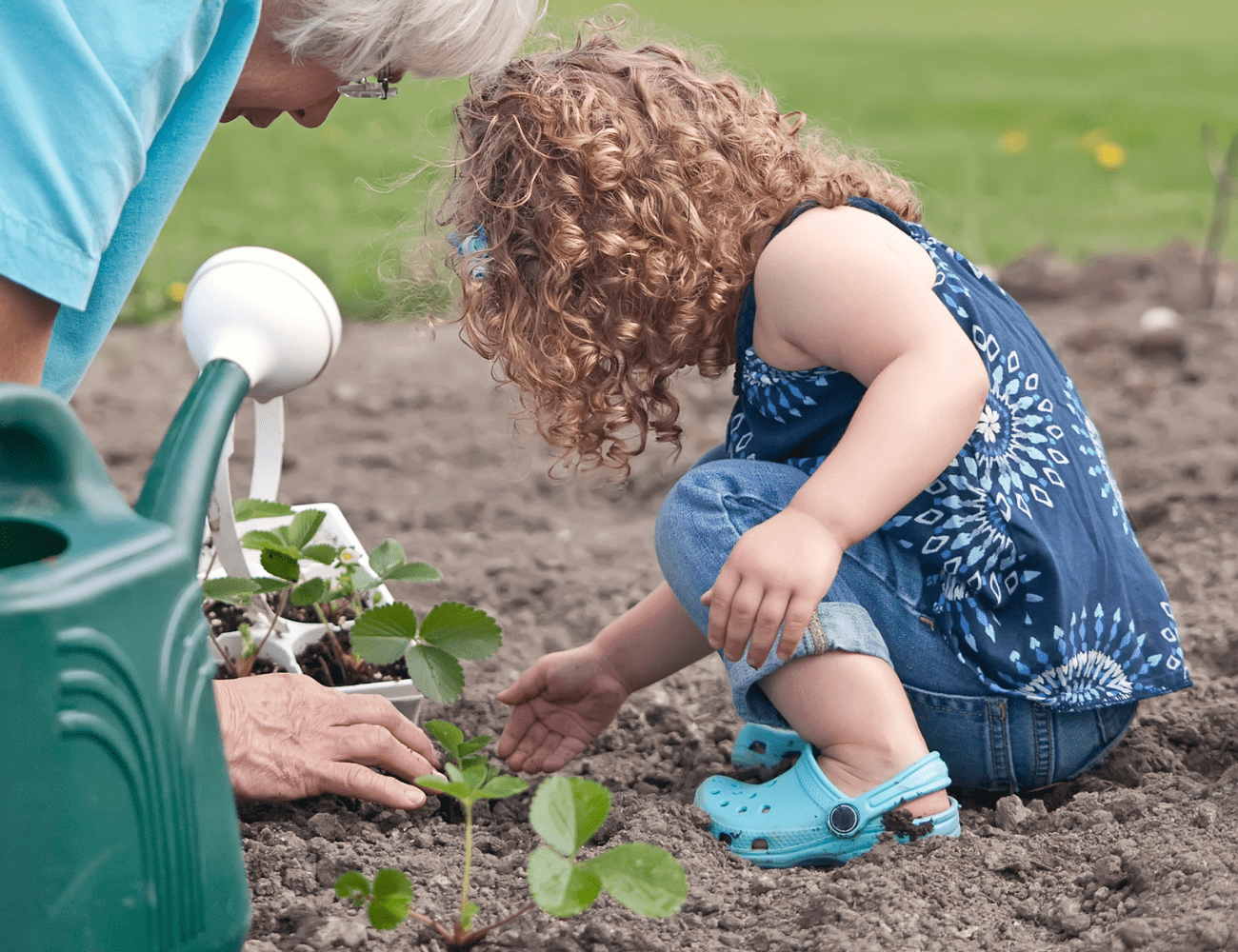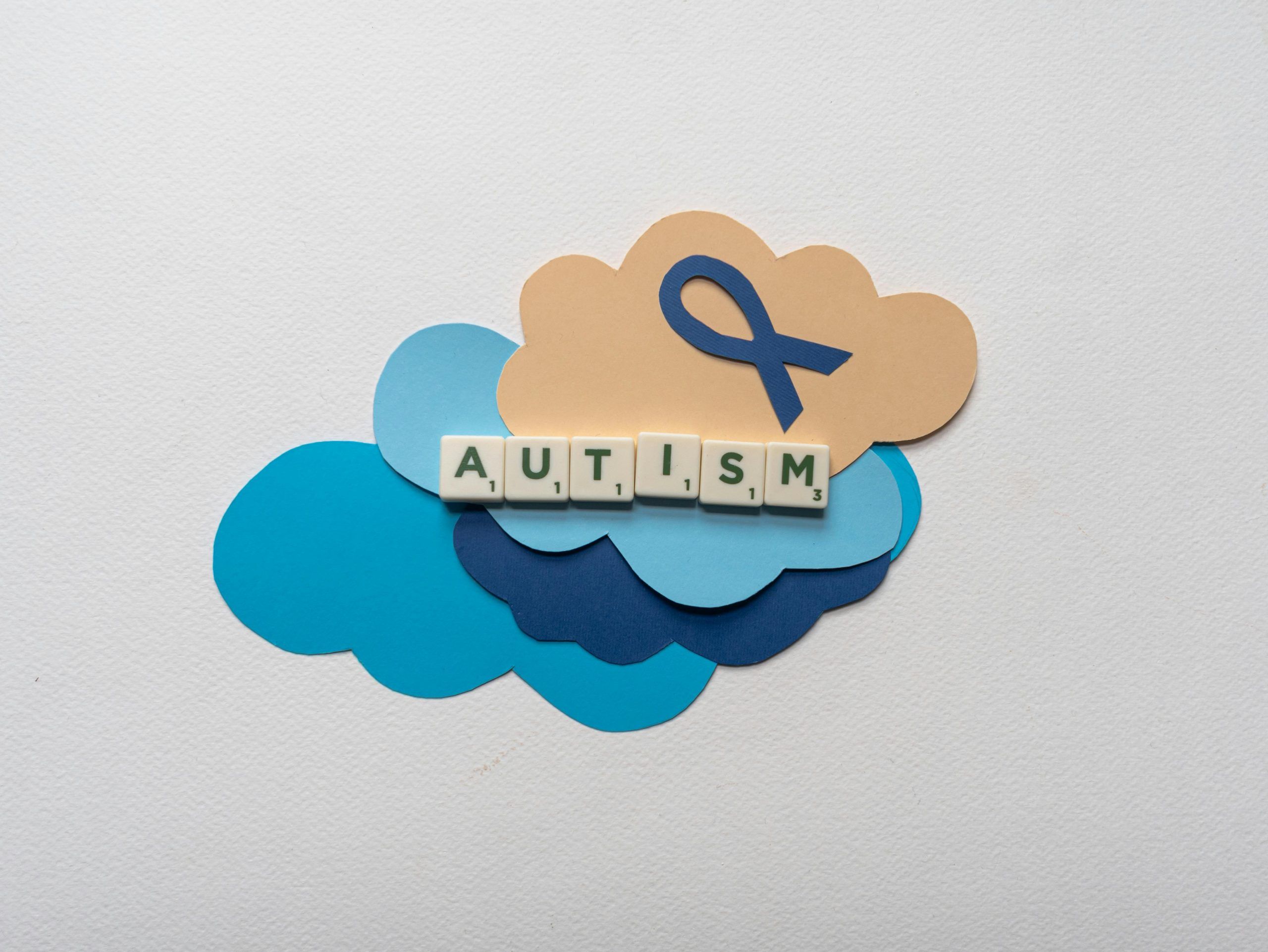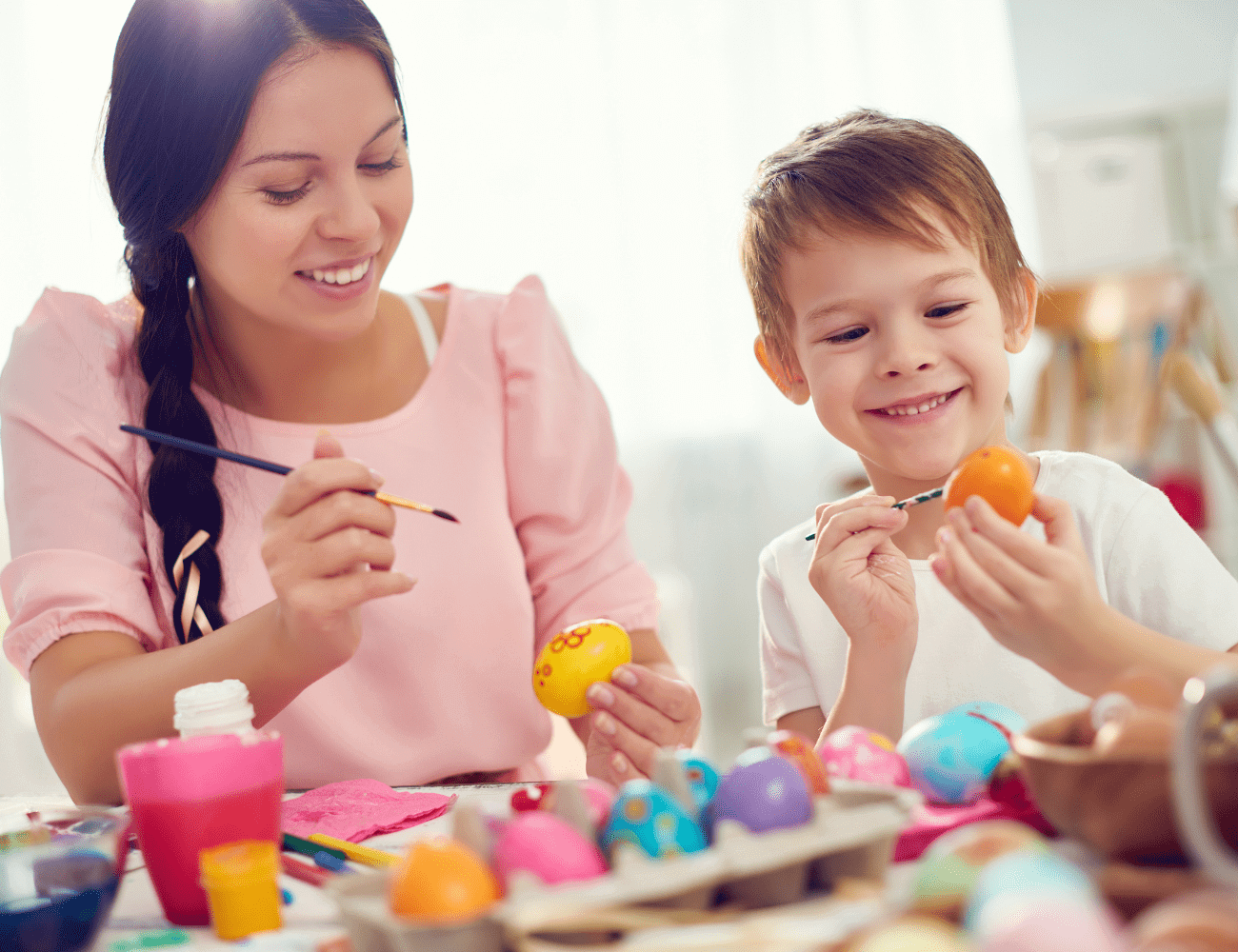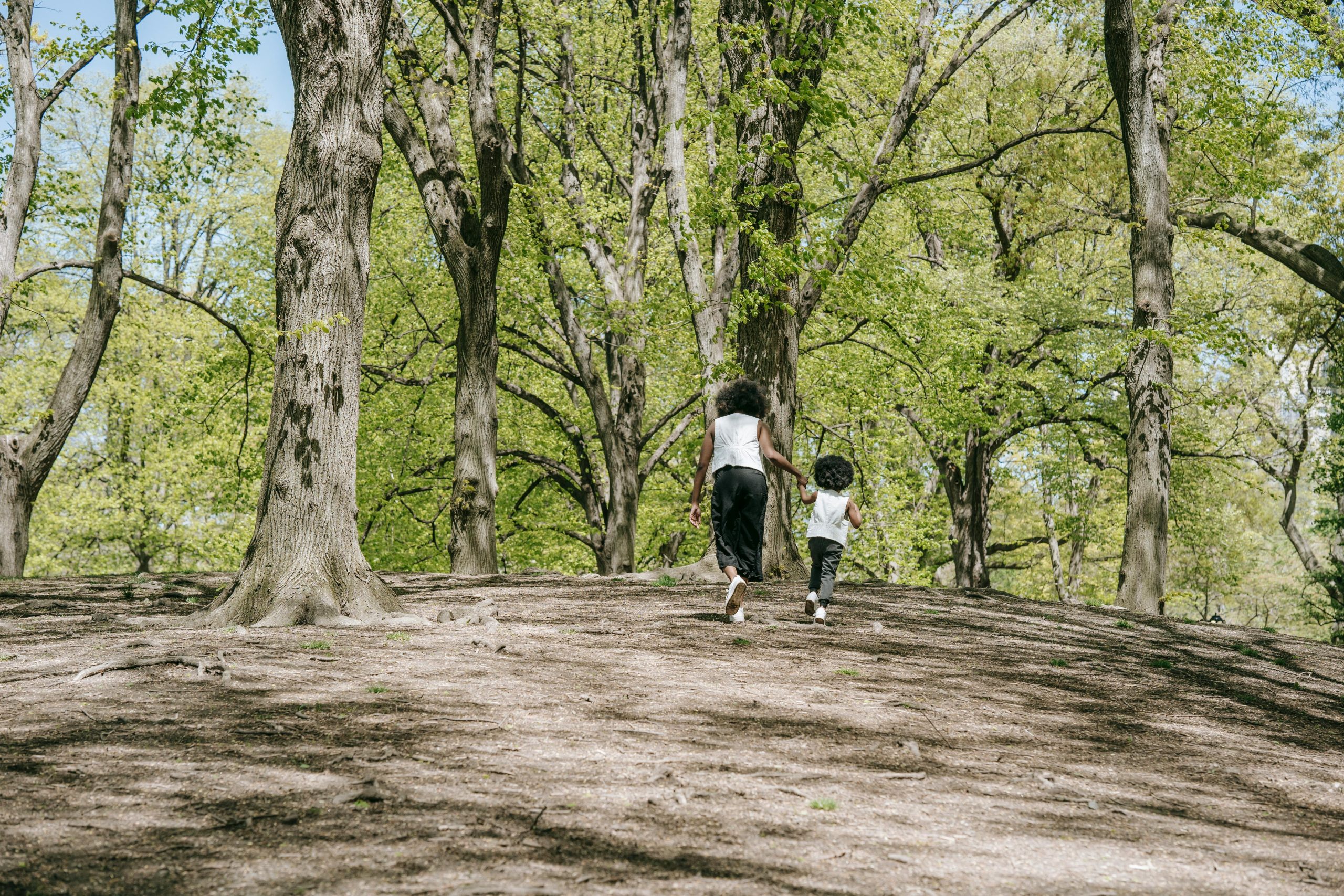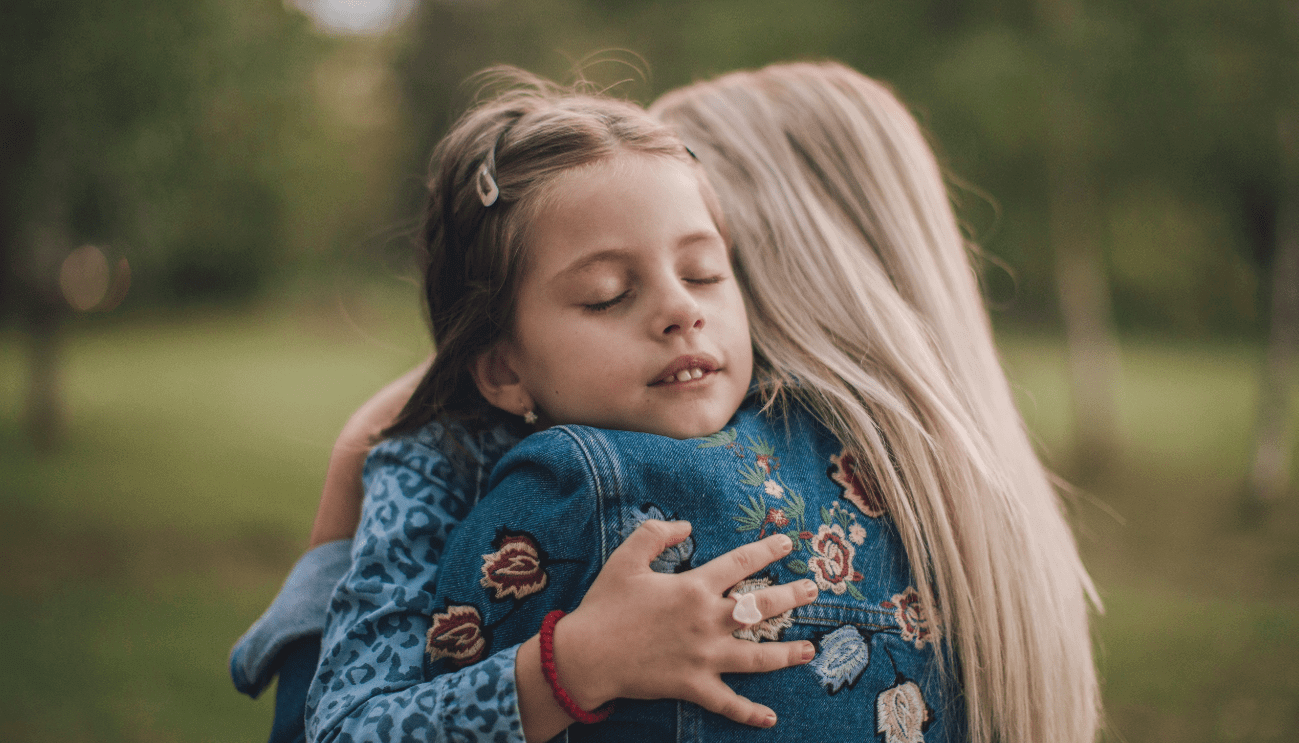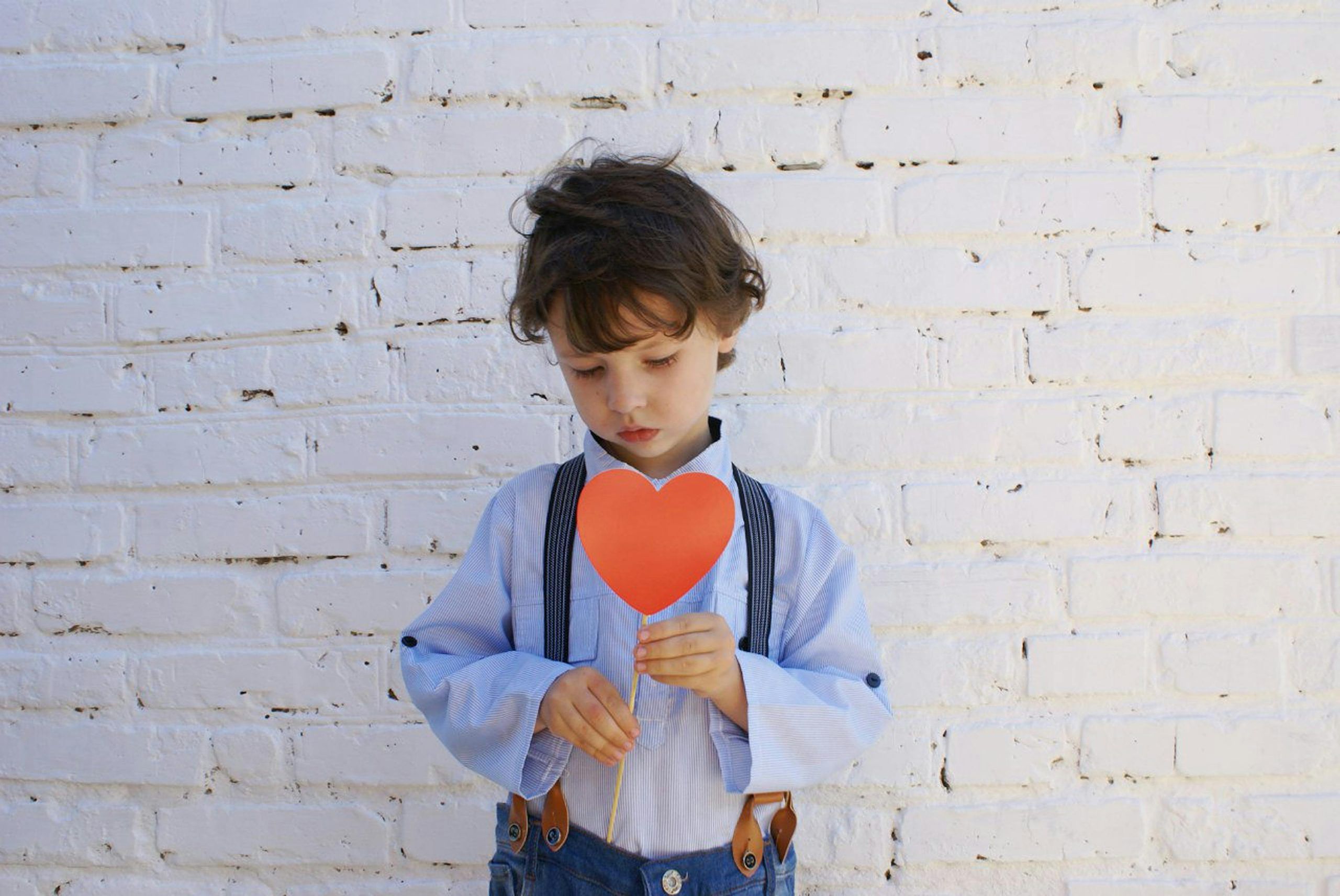Ways to Promote Positive Behaviour
It can be hard to get the balance just right when promoting positive behaviour in children. Here is our guide:
Consider the children’s immediate environment.
Whether at home or in a nursery or other setting to assess how it may impact their behaviour and the quality of your time together. Simple changes can achieve positive outcomes and reduce the time you spend nagging children or managing disruptive behaviour.
Consider changing or adapting the timings of some activities.
Create a schedule that meets the children’s needs and reduces the risk of defiant behaviour or tantrums. Transition times can prove particularly stressful for some children, and their behaviour deteriorates as a consequence.
Be a good role model for children.
Demonstrate the behaviours you would like them to adopt.
Praise children when they are showing constructive behaviours.
For example, being helpful, trying hard to learn a new skill or playing cooperatively with others. Catch them being good!’ Remember to praise positive effort as often and as much as successful results.
Use ‘descriptive praise’ in a sincere tone of voice and in simple language.
Descriptive praise is specific positive feedback for children. For example, tell children that you are happy they said ‘Please’ and ‘Thank you’ at snack time.
Emphasise your descriptive praise.
Lower your body height so you can make eye contact at the child’s level and by using facial expressions such as smiling, along with affirmative body language signals such as nodding and a thumbs up.
Take time to explain to children the rules and boundaries you have applied to help them understand your expectations.
Keep your reasons and the language you use simple and clear. When guiding children towards the behaviours you have identified as appropriate and acceptable, use affirmative statements such as ‘Please put the books back on the bookcase’, rather than ‘Don’t leave books on the floor’.
Express your feelings to the children calmly and precisely.
Trust that they will understand how you feel! This can help them learn how to develop real empathy with others.
Listen to children attentively and show you care using affirmative body language such as nodding.
You can also repeat out loud some of the things they have said to show you acknowledge their feelings. When children feel their opinions and emotions are respected, they feel more secure and comforted, and they are more likely to listen to voices of reason.
Extrinsic rewards are tangible rewards such as stickers and certificates that are commonly used in settings such as schools.
They are used to congratulate children on their positive behaviour such as showing kindness to their friends, or for individual achievements such as progressing to a higher reading level. Extrinsic rewards can be useful when used for specific purposes and in moderation. However, it’s important to remember the importance of incentivising children without the use of extrinsic rewards, for example, by using verbal praise. Our aim is to help children become independent young people who feel intrinsically motivated to do their best on their own learning journey.

